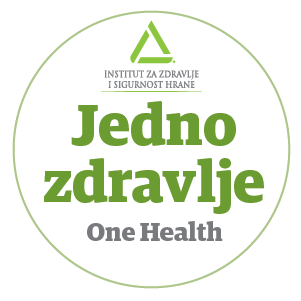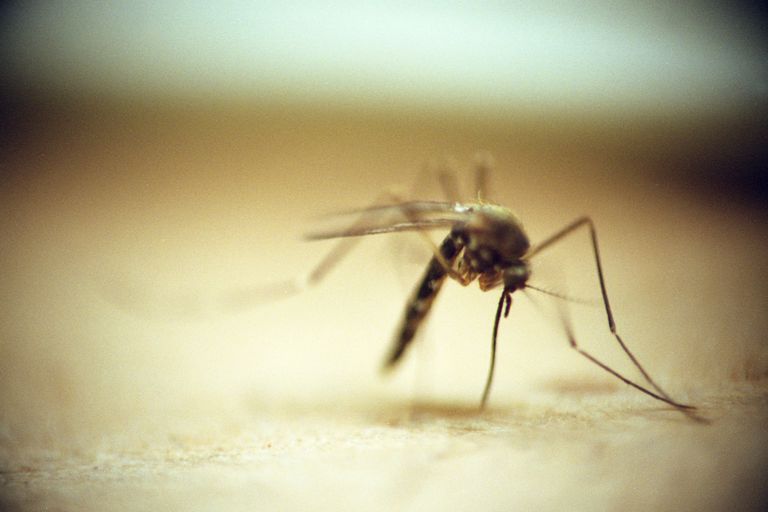Zoonoses (from the Greek words zoon – animal and nosos – disease) are a group of infectious diseases common to humans and certain animal species, which can be transmitted from animals to humans and vice versa. Zoonotic agents are primarily found in animals but under certain circumstances can be transmitted to humans. They are among the most common foodborne diseases (commonly referred to as food poisoning) and can also be spread to humans either by direct contact with a sick animal or by contact with a vector (or carrier).
In the European Union there are typically about 5,000 reported outbreaks of foodborne zoonoses per year involving more than 40,000 individuals. Many victims need to be hospitalised and some cases are fatal. Many milder food poisoning episodes may go unreported. Together, these represent a significant public health concern and have important implications for trade within the EU and with other countries.
The annual report provides detailed occurrence data on the eight main zoonoses that must be reported to EFSA by the food safety and veterinary authorities and to ECDC by the public health authorities, as well as diseases that are monitored depending on how frequently they occur.
In 2018, the two most commonly reported zoonoses in humans were the gastrointestinal diseases campylobacteriosis and salmonellosis with a total of 246,571 and 91,857 human cases reported, respectively.Salmonella Enteritidis causes one in five of all food poisoning cases in the EU.
The third most commonly reported zoonosis was caused by a type of Escherichia coli called STEC which can produce life-threatening toxins. STEC infections are commonly associated with consumption of contaminated beef and drinking well water. The number of reported cases of STEC infections in humans has increased in the EU from 5,901 confirmed cases in 2014 to 8,161 in 2018.
Infections due to Yersinia, which may be associated with eating undercooked meat, were the fourth most frequently reported zoonosis in humans with little change in the period 2014–2018.
The number of confirmed cases of Listeria infections continued to increase in 2018, although levels of the bacterium remained largely within the safe limits in ready-to-eat foods which are commonly associated with this zoonosis.
A large increase in human West Nile virus infections (1,605 cases) was reported in 2018 compared with 2017 (212 cases). This disease tends to occur mainly in summer and autumn and the virus is typically transmitted by mosquito bite.
Common food sources
Salmonella in eggs and egg products remains one of the most common risks of food poisoning for EU consumers. In 2018, 121 egg-borne salmonellosis outbreaks were recorded involving 1,801 illnesses, 341 consumers hospitalised and two deaths. Mixed foods which have a wide range of ingredients such as rice dishes and curries are also a significant source of foodborne zoonoses. Other prominent food category sources included vegetables and juices (Listeria monocytogenes), milk and milk products (Campylobacter and STEC) and shellfish (Norovirus).
Source: EFSA Journal, Published: 12 December 2019,

